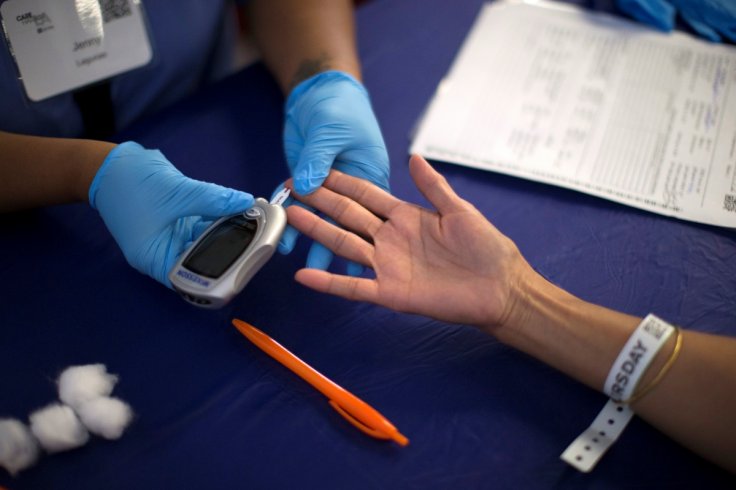
A team of researchers from Sweden have proposed not two but five different sub-types of diabetes, making it more accurate to treat the disease, which is an incurable disease caused by the complete or partial lack of the blood sugar-regulating hormone, insulin.
It's incurable but controllable and so far the established diabetes classification has been confined to three types -- type 1, type 2 and pregnancy-related diabetes and the treatment was aimed at controlling the disease than curing it once and for all.
Failure to treat elevated blood sugar levels over a long period of time results in complications affecting the heart, vessels, eyes, kidneys and nerves.
Currently, the Type 1 Diabetes was due to autoimmune conditions wherein insulin hormones are necessary since childhood to correct it. In Type 2 diabetes, medication aims at balancing insulin need and supply and utilization within the body.
The third one is gestational diabetes, associated with pregnancy and for a brief period of time.
However, Sweden researchers have come up with a five subgroup classification based on the disease's complications among the patients. Emma Ahlqvist of Lund University in Sweden, and her team have published their findings in the latest issue of the Lancet Diabetes & Endocrinology.
The team studied 8,980 newly diagnosed Swedish diabetic patients, excluding those diagnosed before they were 18. Based on their clinical parameters such as age at diagnosis of diabetes, body mass index (BMI), hemoglobin A1c, glutamate decarboxylase antibodies (GADA) and homeostasis model assessment 2 (HOMA2), the Lund University researchers have come up with 5 sub-groups:
The new diabetes classification:
1: Severe autoimmune diabetes (SAID)
2: Severe insulin-deficient diabetes (SIDD)
3: Severe insulin-resistant diabetes (SIRD)
4: Mild obesity-related diabetes (MOD)
5: Mild age-related diabetes (MARD)
Group 1, SAID (severe autoimmune diabetes), relates to type 1 diabetes and LADA (latent autoimmune diabetes in adults), characterised by onset at young age, poor metabolic control, impaired insulin production and the presence of GADA antibodies.
Group 2, SIDD (severe insulin-deficient diabetes) includes individuals with high HbA1C, impaired insulin secretion and moderate insulin resistance and this group had the highest incidence of retinopathy.
Group 3, SIRD (severe insulin-resistant diabetes) is found among obese people with severe insulin resistance and this group had the highest incidence of kidney damage. Group 4, MOD (mild obesity-related diabetes) again relates to obese patients who fall ill at a relatively young age. Group 5, MARD (mild age-related diabetes) is the largest group consisting of the most elderly patients, and 40% of diabetics fall under this category.
In their study, researchers found that TCF7L2 gene mutation seen in clusters 2, 4, and 5, was not seen in cluster 3, while clusters 1 and 2 had a greater risk of diabetic ketoacidosis with higher HbA1c. "The most insulin resistant patients (Group 3) have the most to gain from the new diagnostics as they are the ones who are currently most incorrectly treated", says Professor Leif Groop.
Leif Groop, co-investigator in this study, said the new classification would help to design diabetes treatment tailored to individual needs. Rob Sladek of McGill University, Montral, who wrote the editorial for the research paper, said the 3rd cluster SIRD is most vulnerable to "end-organ damage".
However, since the study cohort was a uniform Scandinavian population, researchers are planning to undertake the study on Indian and Chinese populations to garner the results from a diverse sample from all ethnic groups. India has about 70 million diabetics, said WHO, making it the diabetes capital of the world soon.









